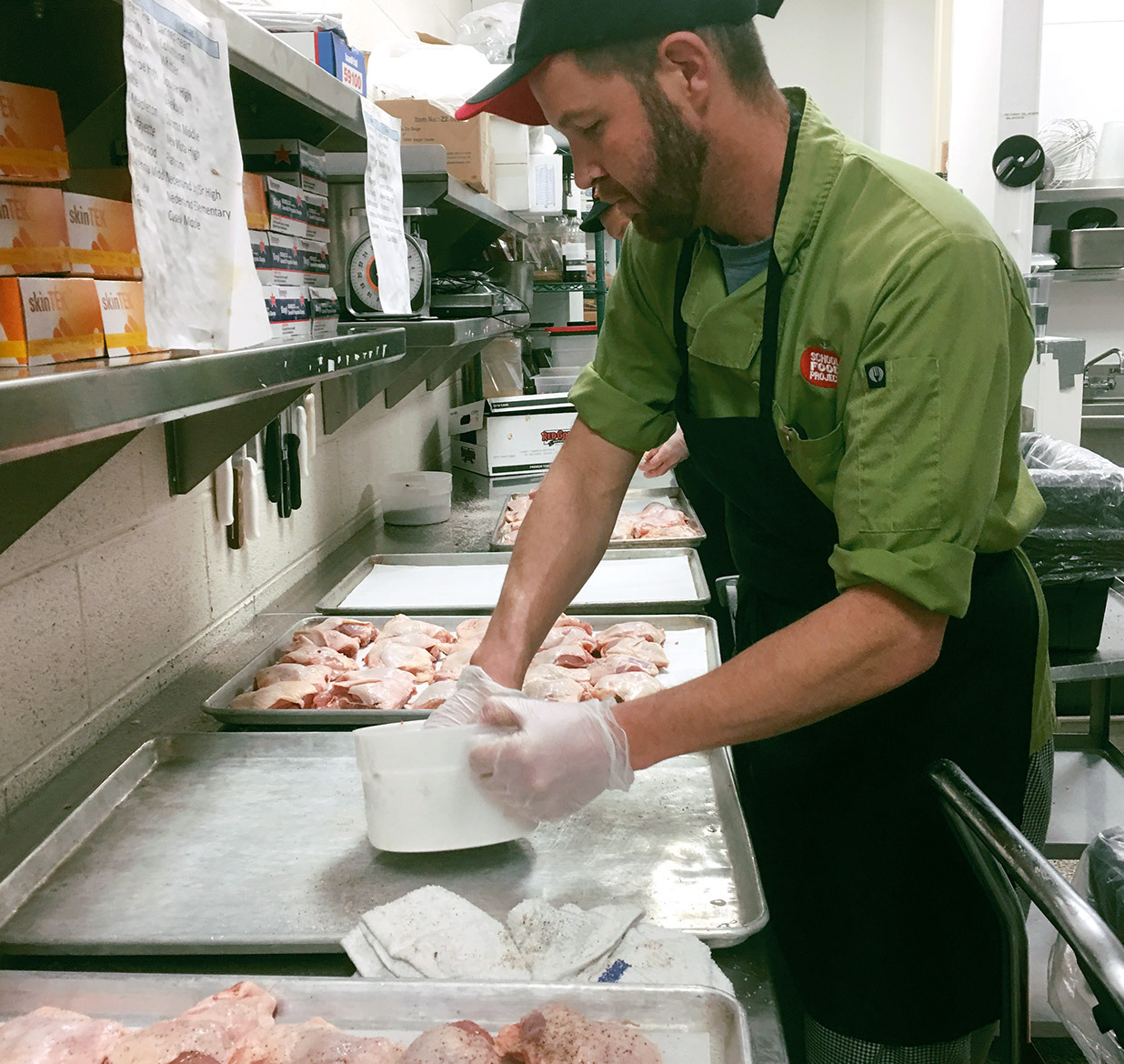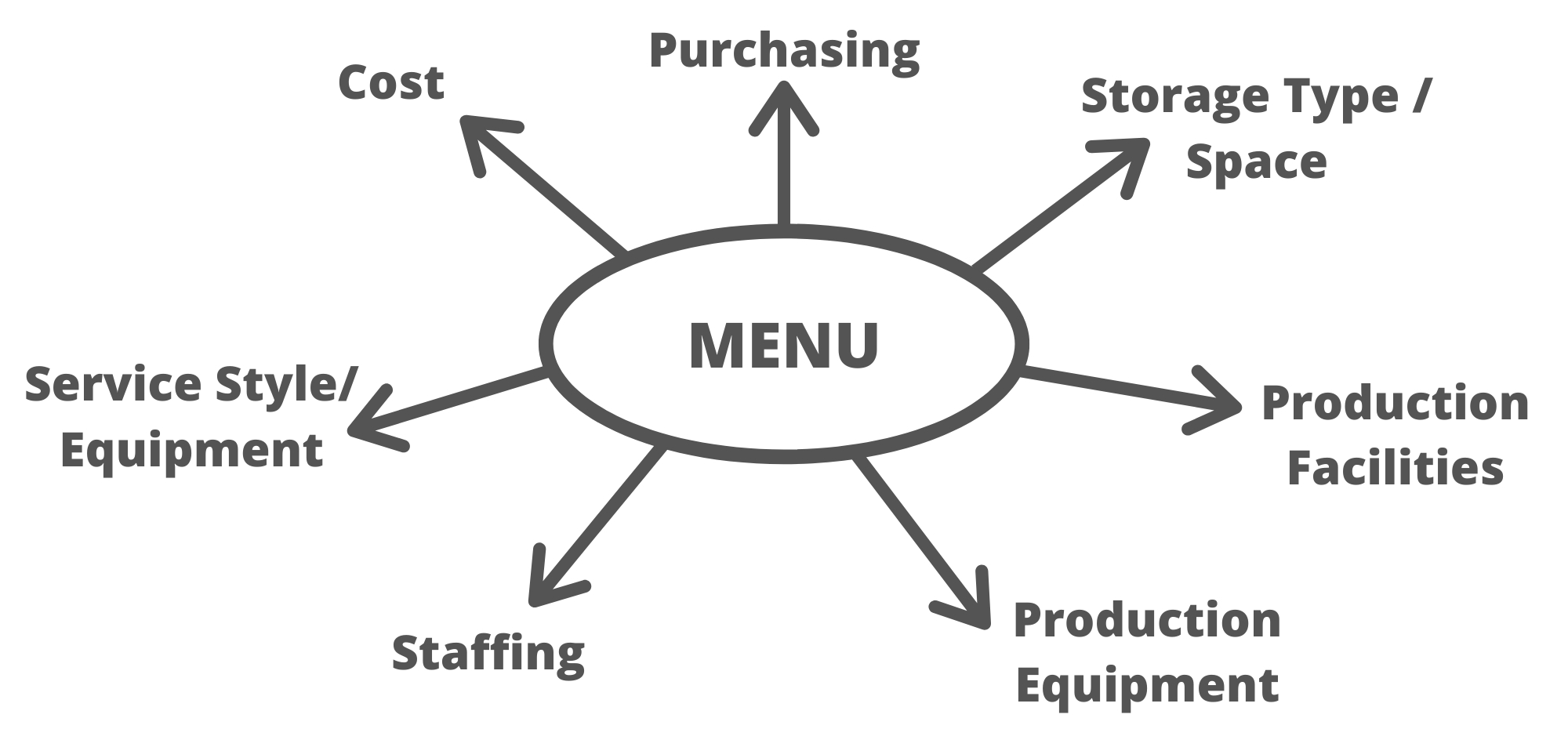
About Central Kitchens
There are several key factors that a district must consider when planning to centralize production.
The “Guide to Centralized Food Service Systems” is an an excellent publication that covers the many aspects of planning that should be taken into account. The most important are discussed below.

About Central Kitchens
There are several key factors that a district must consider when planning to centralize production.
The “Guide to Centralized Food Service Systems” is an an excellent publication that covers the many aspects of planning that should be taken into account. The most important are discussed below.
Vision
Developing a central production facility requires the food services department to have a clear vision of its desired food service system, with established mission and objectives. The potential support of the broader community must also be considered. Centralized models are no more a “silver bullet” than any other operating model – their success depends on effective planning, support, and implementation.
Menu
The menu drives many design decisions; menu goals, both short-term and long-term, should guide the facility design and inform every aspect of the central production concept. The schools receiving the meals may need some upgrades to make them compatible with a centralized system. It’s essential to consider cold storage needs, the proper finishing of shipped foods, and serving methods.

Square Footage and Staffing Models
When it comes to size, most central production facility plans recommend one square foot of space per meal produced. In reality, the square footage of such facilities varies widely. Districts often add to or rebuild existing footprints and revise existing staffing models within negotiated agreements. Calculations of productivity values (i.e. meals per labor hour) in the central production model also vary, depending on the perspective of the district in question. In other words, the “standards” in central production facilities, which are not strictly defined within school food models, become even less clear when scratch cooking enters the picture. No matter how much the plans try to account for all scenarios, variation is inevitable. The design therefore requires flexibility and an understanding that adjustments may be needed in the future.
Bakery
Most plans for central production facilities include a bakery. Bakeries typically focus on a la carte production or limited production for breakfast, because bread items most commonly used in school food (hamburger buns, hot dog buns, and sliced bread) cannot economically be included in a central production plan. If the district plans to produce specialty bread items, we recommend a cost-benefit analysis that compares procurement of similar products to the cost of producing them.
Storage and Distribution
A clear vision of the role of the warehouse and storage in the central production facility is important. In bulk purchasing, it is most commonly assumed that the best leverage for cost savings is for all deliveries to arrive at one central point in the district. We have found, however, that many districts revert back to or originally incorporate direct deliveries of limited products (milk, bread, uncut produce) to the schools, particularly to larger receptor sites, in order to control overall inventory cost and limit the load on central distribution. Primary consideration should be given to daily food deliveries and/or pickups; delivery of dry goods and supply deliveries to the sites can be reduced to as little as once or twice a month, depending on the design plan.
Sustainability and Waste Management
Central production facilities provide an excellent opportunity to incorporate sustainable practices throughout the design. Food service is notorious for its waste. Recycling, compacting, pulping, and composting should all be considered within design protocols, as well as specifying energy-efficient and “green” equipment.
Automated Efficiencies and Staff Skills
New technology is constantly affecting the market in all industries, and food service is no exception. Greater labor efficiency can be achieved with automated timesaving devices, ranging from equipment to safeguard the safety and health of employees (such as mechanical hoists) to computerized temperature control devices that monitor critical control points during production. In selecting equipment, consider the entire spectrum of planned use, as well as the skill sets required for operation; budgeting time to train and learn is essential.
Safety Protocol and Meal Contingency
Food safety, worker safety, and building emergency plans must all be developed as part of the central facility planning process. Implementation and maintenance of HACCP plans, worker safety protocol, and emergency plans are critical. In addition to emergency planning for the central production facility, it is essential to consider meal contingency planning for service to the population in the event the facility cannot be operated. This would include a multi-day approach, taking into account what the emergency food plan would be, and how many days it would be in effect.
Future Planning (Commerce and the Central Production Facility)
The question of whether a central production facility will produce foods or products for sale should be considered at the outset, as regular USDA inspection would be required. If sales are anticipated, office space for the USDA should be included in the plan.
Recommended Next Topic: Central Kitchens Case Study
For a more detailed view of planning and implementing a central kitchen, here is a detailed case study from Boulder Valley School District, one of the foremost scratch cook districts in the country.
Recommended Next Topic: Central Kitchens Case Study
For a more detailed view of planning and implementing a central kitchen, here is a detailed case study from Boulder Valley School District, one of the foremost scratch cook districts in the country.






